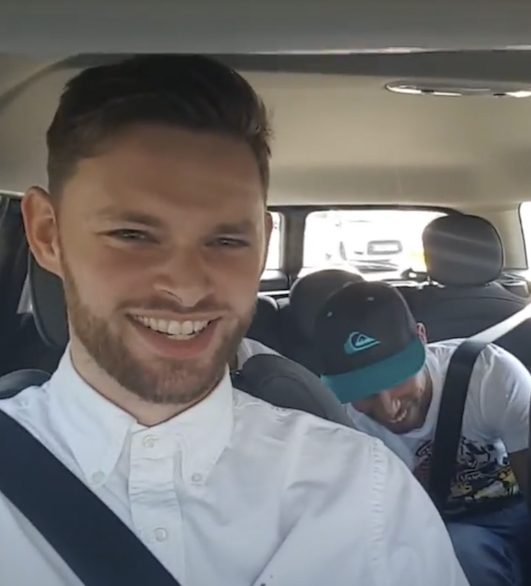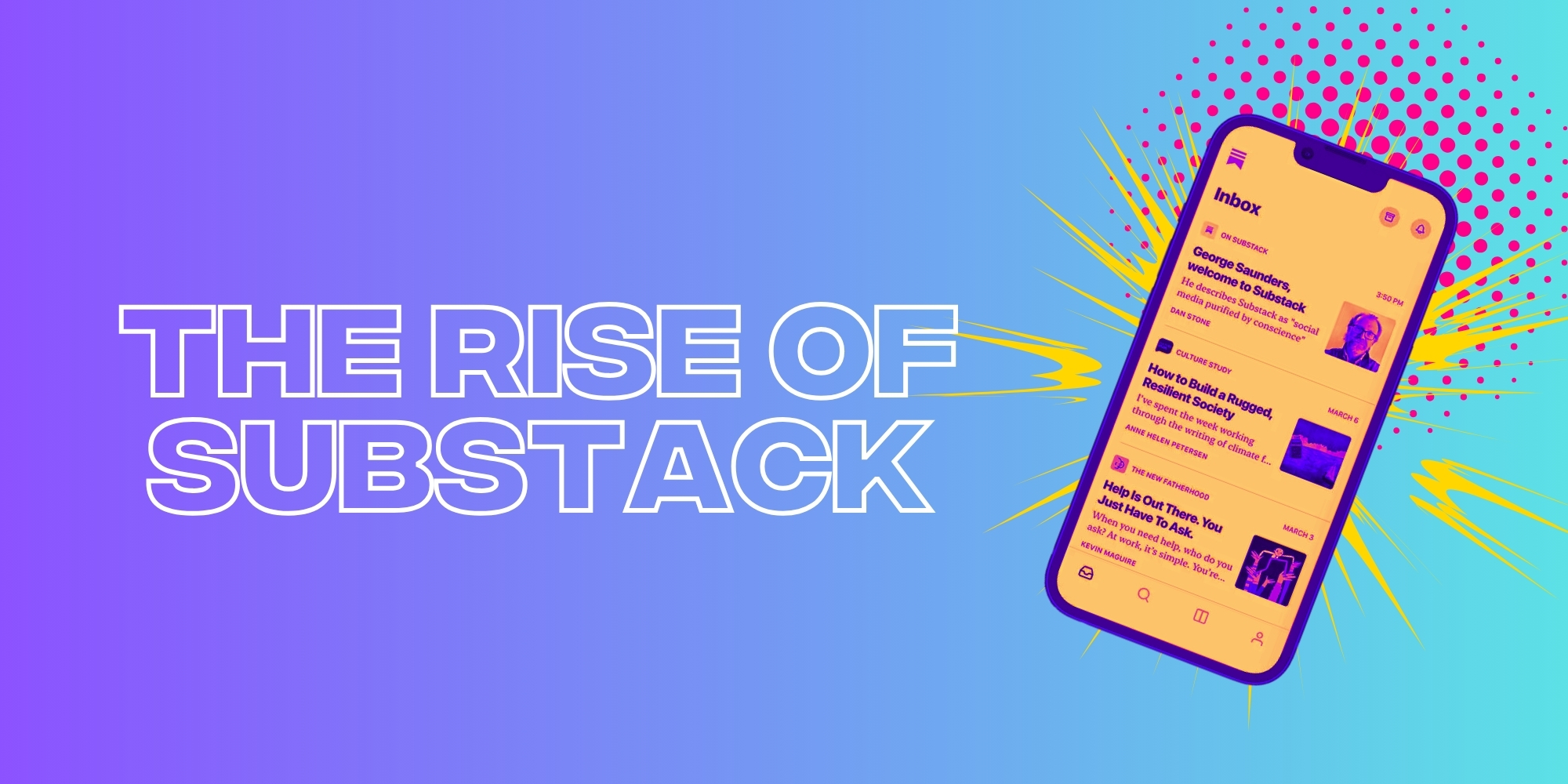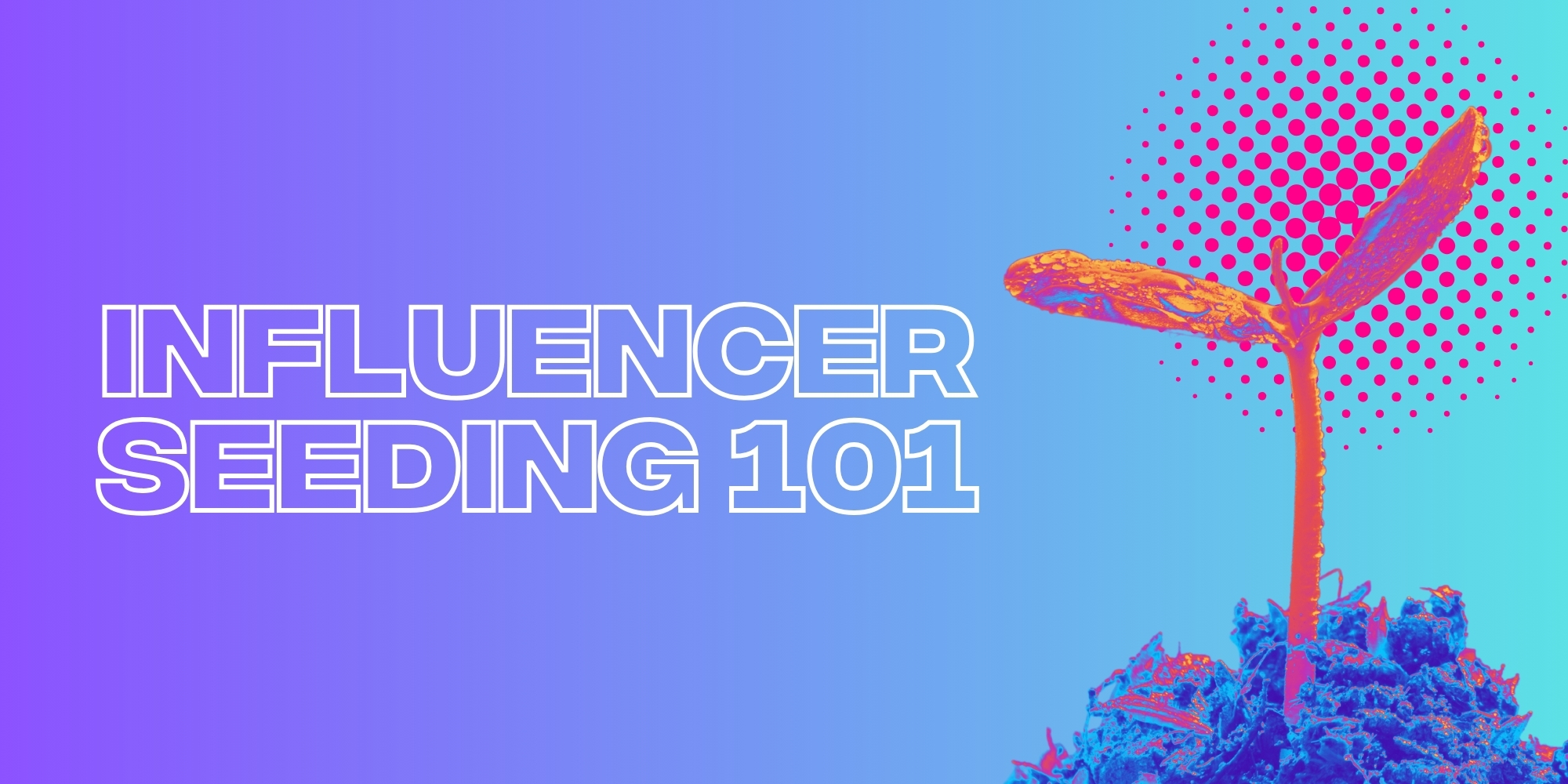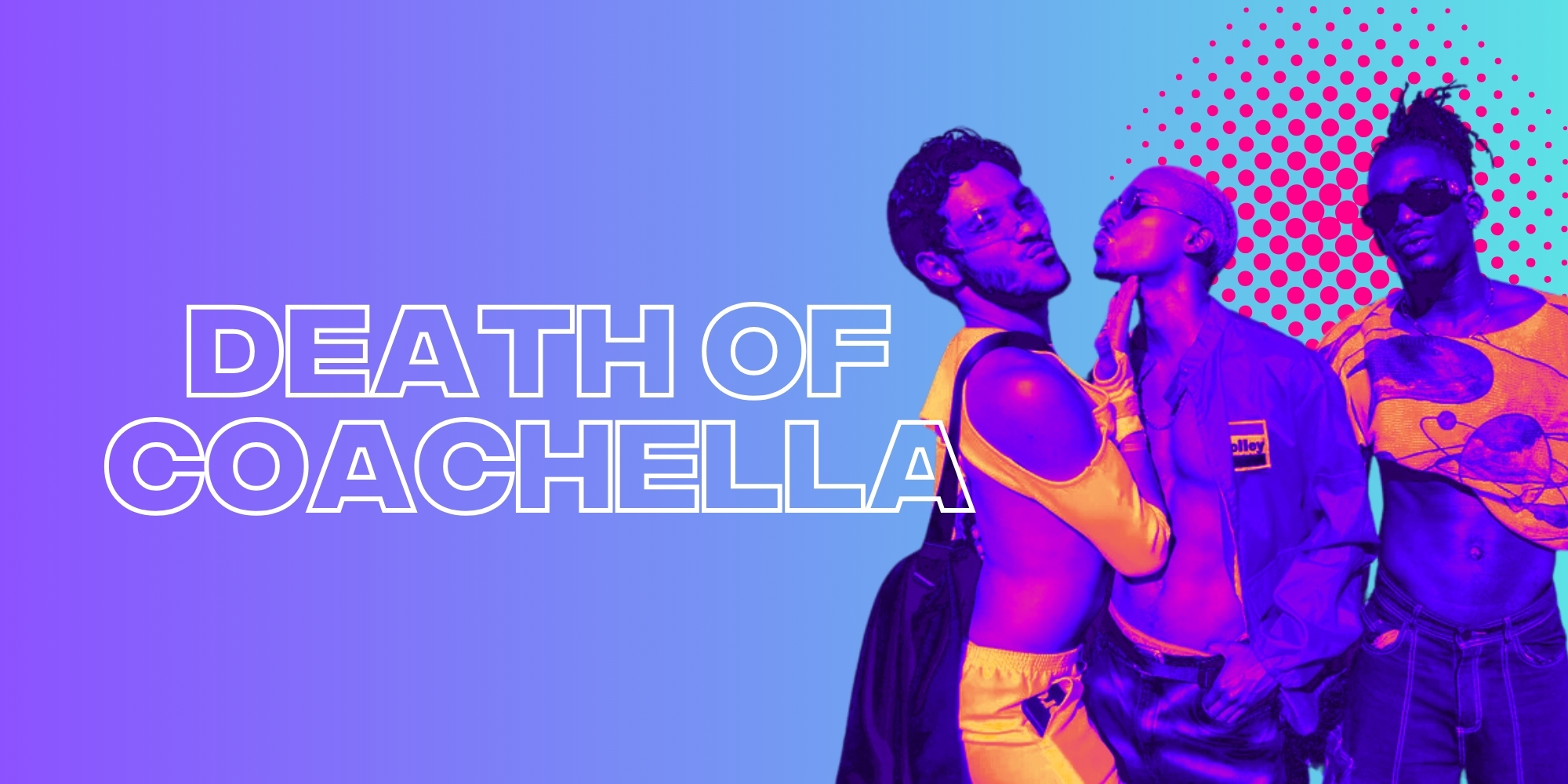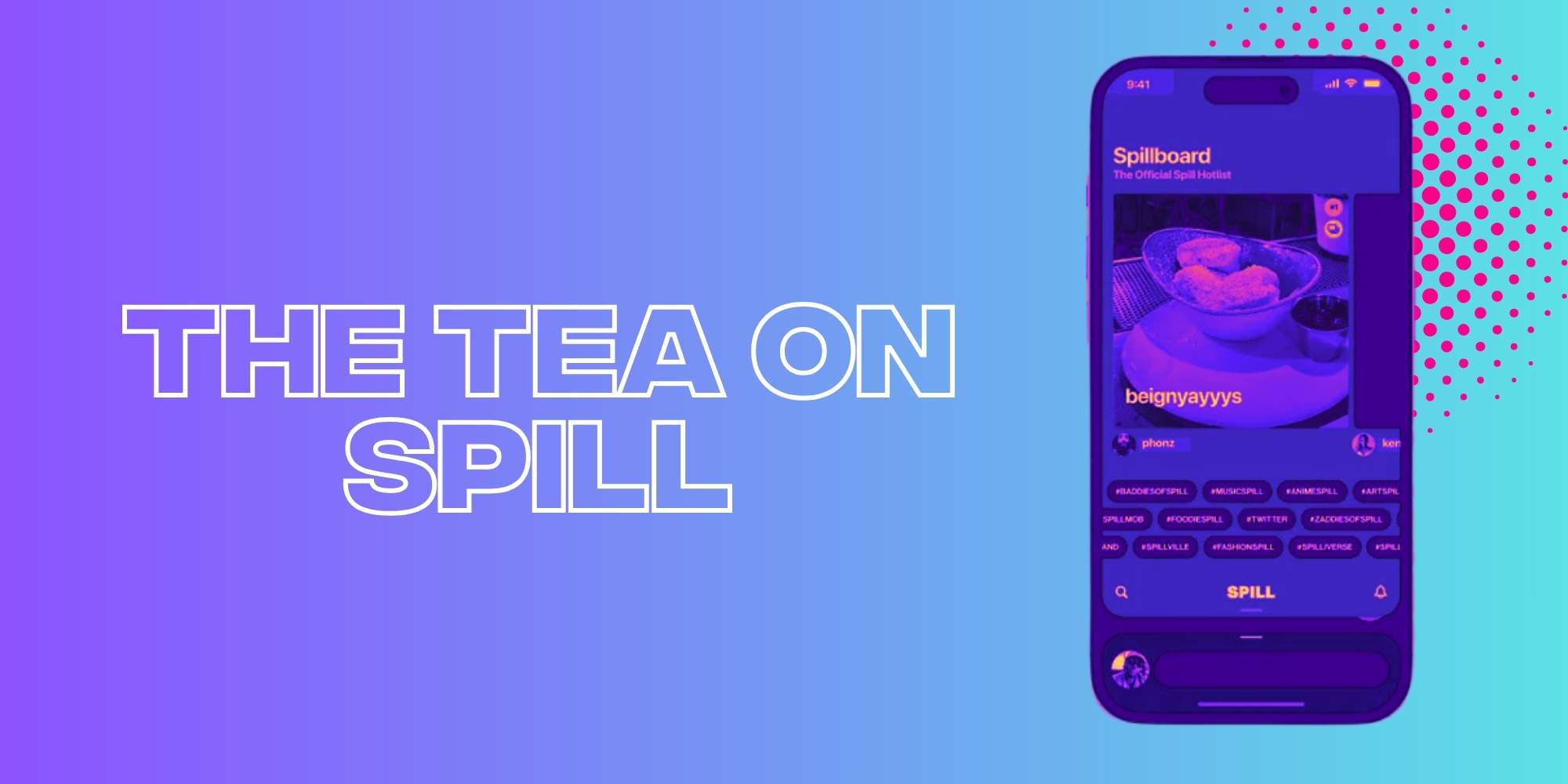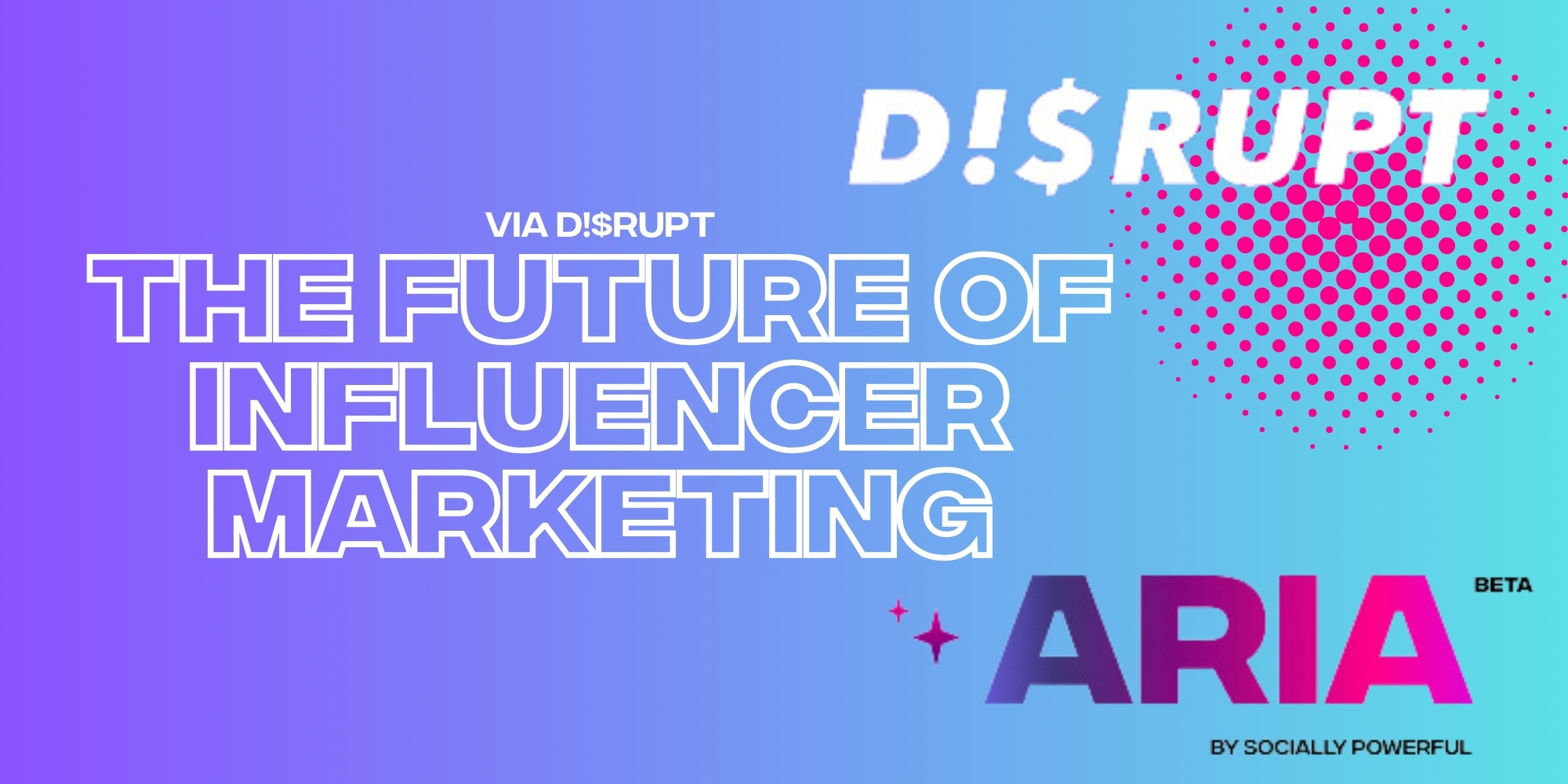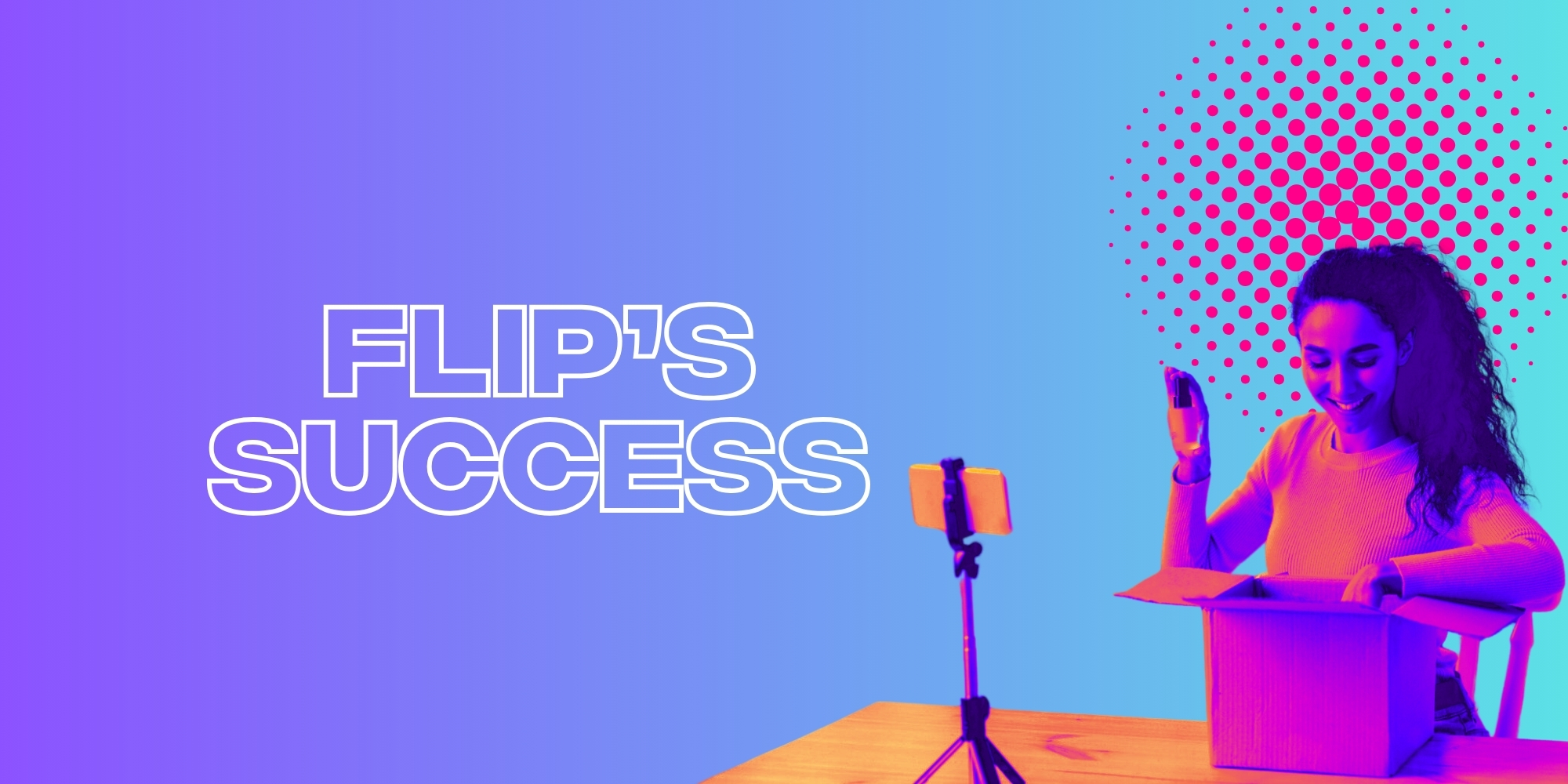Engagement: tricky to quantify and why more content isn’t the answer.
Oct 04, 2018
News
Social engagement to inform decision making; possible but tricky!
Granted business is about the numbers. Hard facts and data. Evidence that supports the notion that something is likely going to work the way that you intend, before you try it. Strong data is pivotal especially when dealing with the “experienced” folks who in many organisations hold the strings to the purse. What’s the ROI, I hear you ask? §$%& knows, I hear me think!
Obviously there are analytics tools that measure views, shares and retweets but that alone really isn’t enough to know how much of the final revenue can be attributed to the number of followers, shares, retweets etc. Facebook likes and retweets do not appear on the balance sheet or profit and loss statement. Money in needs to be higher than money out or a business will go bust, that’s the bottom line. Can an effective social media presence help? Most certainly! But how exactly? And how can it be quantified?
Wanting to quantify the expected return on investment before committing is perfectly legitimate, but when it comes to social media and engagement, it simply isn’t that easy.
A brand’s number of Facebook fans, Instagram or Twitter followers alone does not reflect the impact it is having on its following.
Likewise, a person who knows hundreds of people isn’t necessarily influential. (I have 500+ Linkedin connections and when I joined Socially Powerful 2 months ago and started reaching out to people almost nobody replied. Almost. Cheers to those that did!) Measuring influence or impact is possible but it is important to consider the difference between causation and correlation.
Consider this example: If everytime it rains we open our umbrella one could conclude that the opening of our umbrella makes it rain. This of course is nonsense as it would be confusing correlation with causation. Similarly then, high engagement may be correlated with a large number of followers but it isn’t its cause.
“Social influencers do not need to have millions of followers. They do need to be relevant, authentic and highly engaging to be impactful.”
So why is it so hard to quantify ROI on social engagement?
Because it is near impossible to pin a specific purchase to any particular marketing tactic. Did the person buy the shoe and then like the Facebook page or was it the other way around? The problem with most analytics tools is that “Last Click Attribution” is utterly misleading giving 100% credit to the last click before purchase. But whether or not the organic search, social network or paid search was the biggest driver toward the sale remains a mystery. It’s just impossible to know exactly what influenced the customer to buy.
Brands have long realised that engaging content works albeit in hard to quantifiable ways, but new data shows that despite their relentless efforts of pumping out more authentic, relevant and engaging pieces, (not all brands get this right, but more on that next time) engagement is on the downturn. So why are brands reaping less return on investment from more effort?
If we look at data we notice that user engagement on branded social content is on rapid decline.
Data from SimilarWeb, analysing the 50 biggest publishers in Facebook painted a rather gloomy picture. Results showed BuzzFeed’s Facebook visits falling from 40.8 percent to 23.7 million. The Huffington Post’s Facebook traffic down a staggering 60.1%, to 16 million. Fox News’ also dropped 48.2% to 4.3 million. The data was collected over the period from January to September 2015.
Forrester research showed that last year most prominent brands posted on average 18.3x per week on Twitter, 6.5x per week on Facebook and 4.9x per week on Instagram. While the increase in the Twitter and Facebook posts compared with the previous year is small, the increase in Instagram posts is up 50-percent. So brands are posting more but research shows that user interactions as a percentage of a brand’s followers is on rapid decline. In some cases by almost 50% (Instagram).
So with exponential growth of social channels and practically every marketer in the game fretting over “authentic content pumpage” where exactly does that leave us?
First, some more stats:
A study of 50 million content marketing posts on Facebook, Instagram, Twitter, Pinterest, Linkedin and blogs conducted by TrackMaven research in 2015 proved that content creation was up 35 percent whilst engagement dropped 17 percent. Additionally the reported effectiveness of content dropped from 38 percent to 30.
In the world of content saturation is more necessarily better?
Social networks are now asking brands to pay up to get noticed, but consumers (people) don’t want to be told what to notice. What’s worse, a pre roll on youtube or a sponsored post on facebook? Ignore!
The only constant thing is change. Especially in social media.
While that is exciting it makes it difficult to plan. The “big 3” clearly ranked social networks is a thing of the past. It’s no longer about optimizing your strategy on a particular channel. Purchase paths are no longer linear and predictable. In 2016 there are dozens of channels. In a few years there will be hundreds and customers will be spread amongst them, never in one place.
So where does this leave us? Short attention spans, multiple apps, a vast selection of channels. It’s about each new moment; taking each new opportunity to build a meaningful connection. Companies cannot cover all channels and need the right partners to give an authentic voice to bring to life their story.
Our Influencer marketing agency and Social agency are located worldwide, with our agency network based in the USA, UK, UAE and China.
If you want to receive our industry insights, visit our Influencer Marketing & Social Media blogs here.
[cta]
Popular Blogs
Most Popular Instagram Hashtags | Tiktok Hashtags | Instagram Monetization | Facebook Banner Size | Snapchat Influencers | Most Subscribed Youtubers | Best Time to Post on Youtube | UK Twitch Streamers | Female Twitch Streamers | Popular Tiktok Songs | Male Tiktok Influencers | Lgbtq Tiktok Influencers | The Rise and Fall of Clubhouse | Influencer Marketing on Clubhouse | LiketoKnowit | Pretty Little Thing Instagram| Social Marketing Agency
Social And Influencer Marketing News + Insights
Get in touch
We'll show you how to start powerful conversation, drive social engagement, build your brand, hit sales targets or meet other goals you have, wherever you are in the world.
Work with us